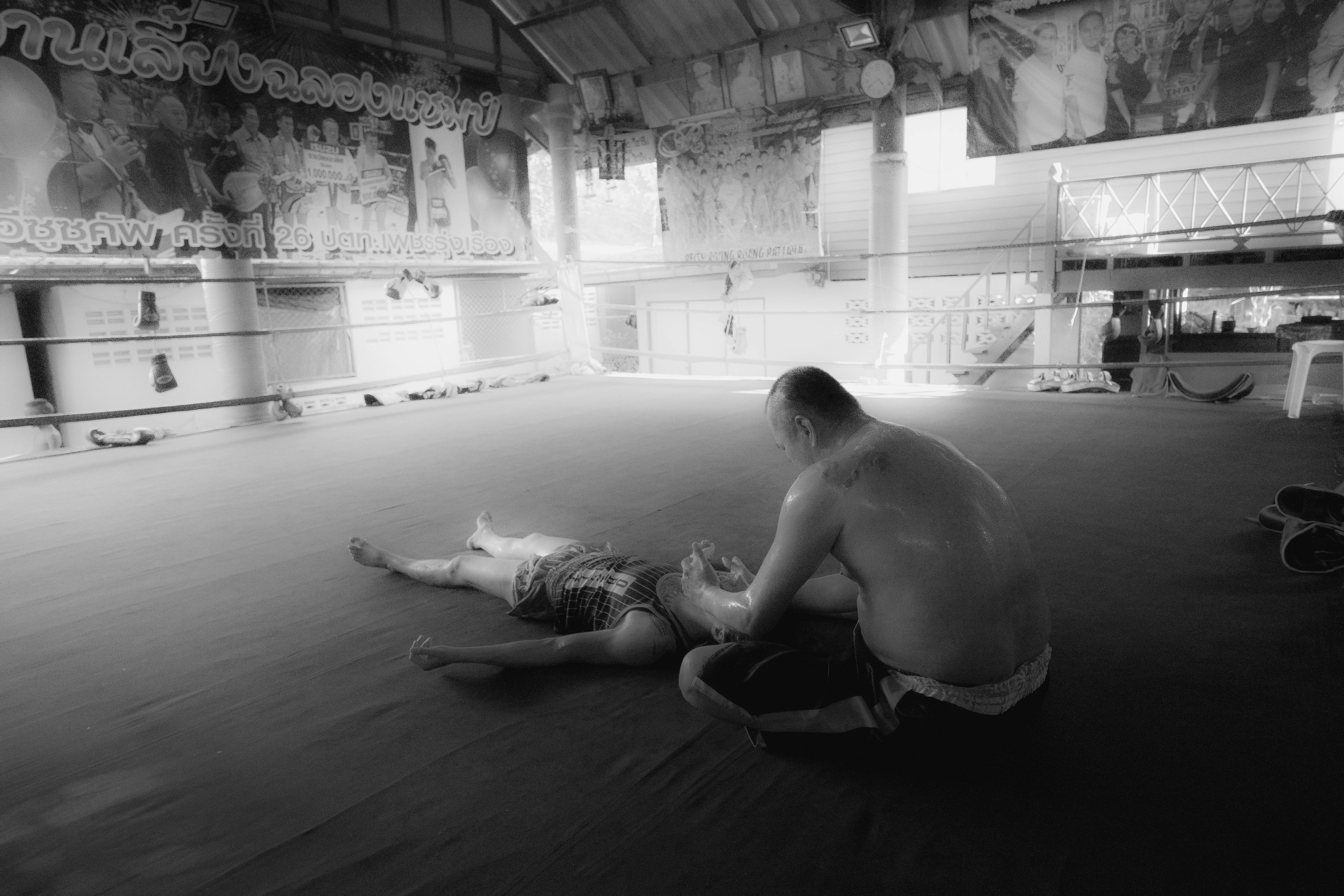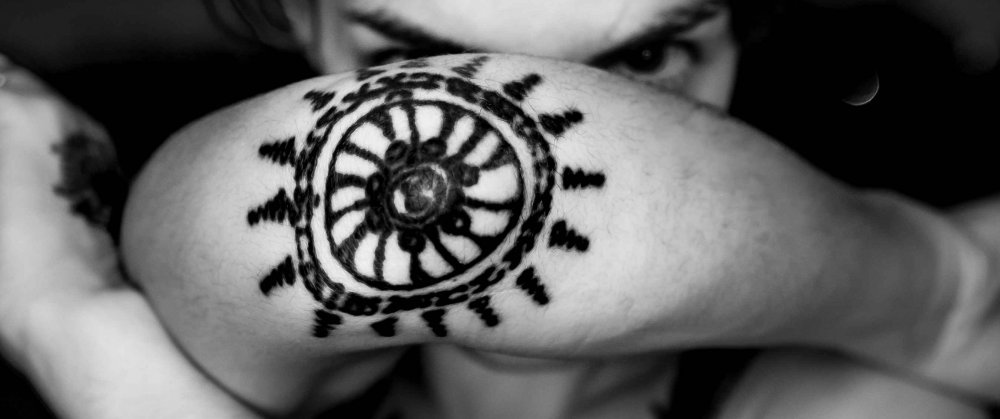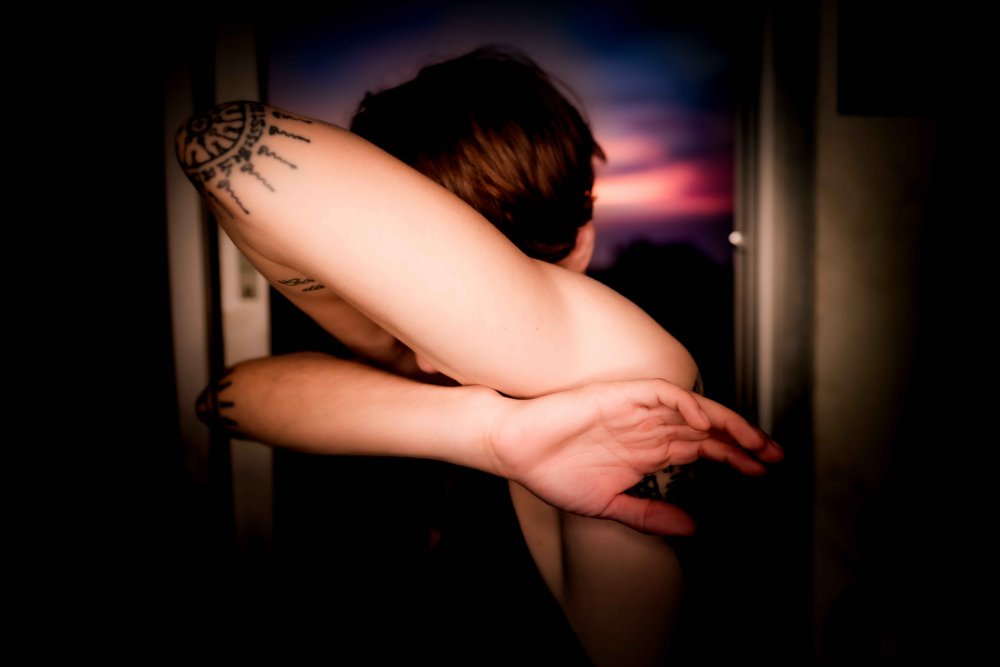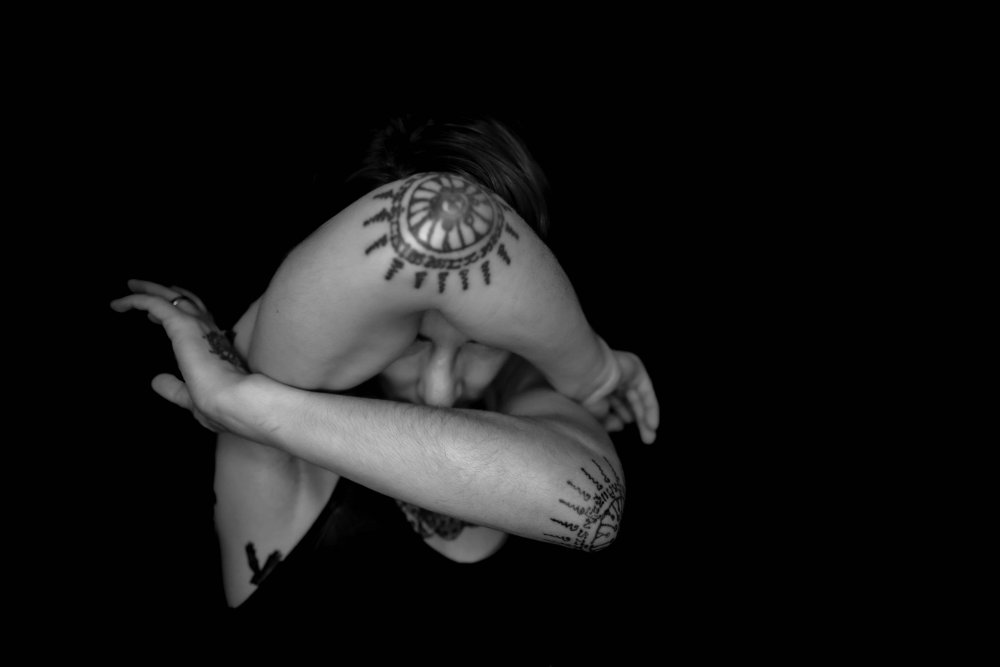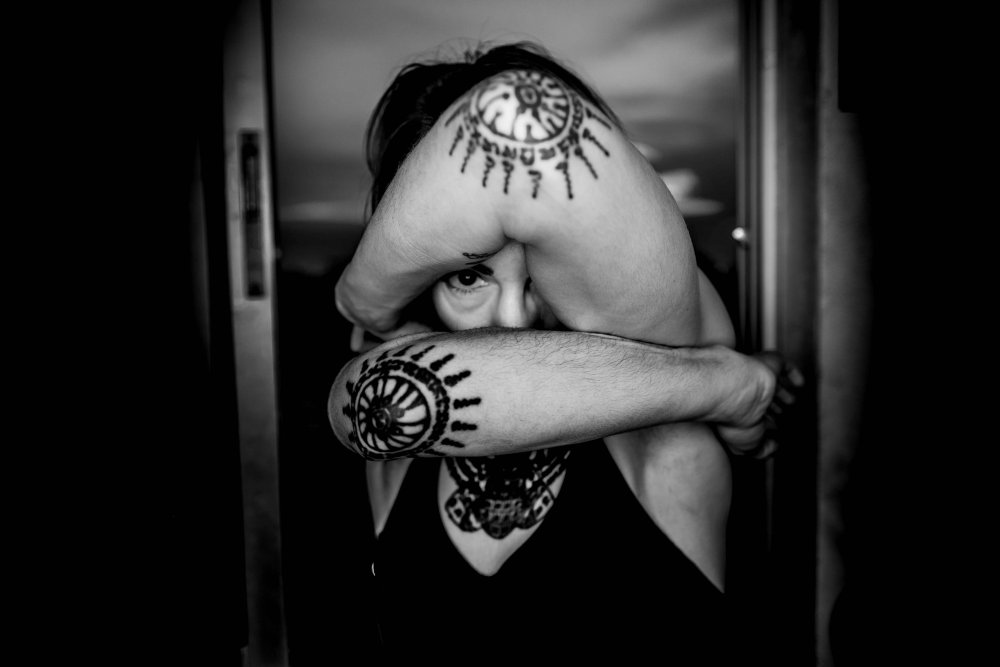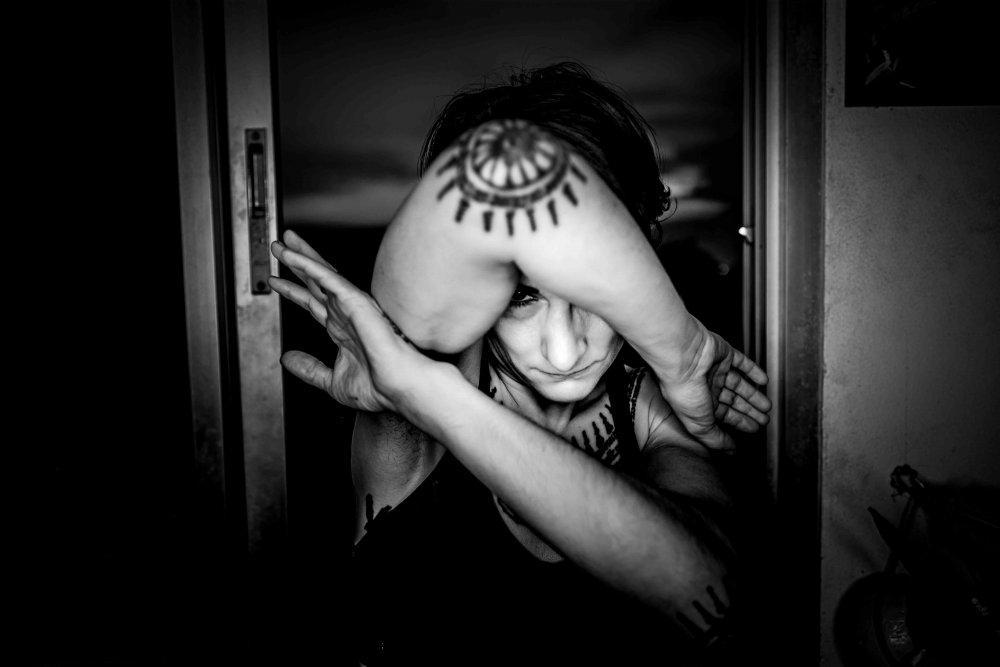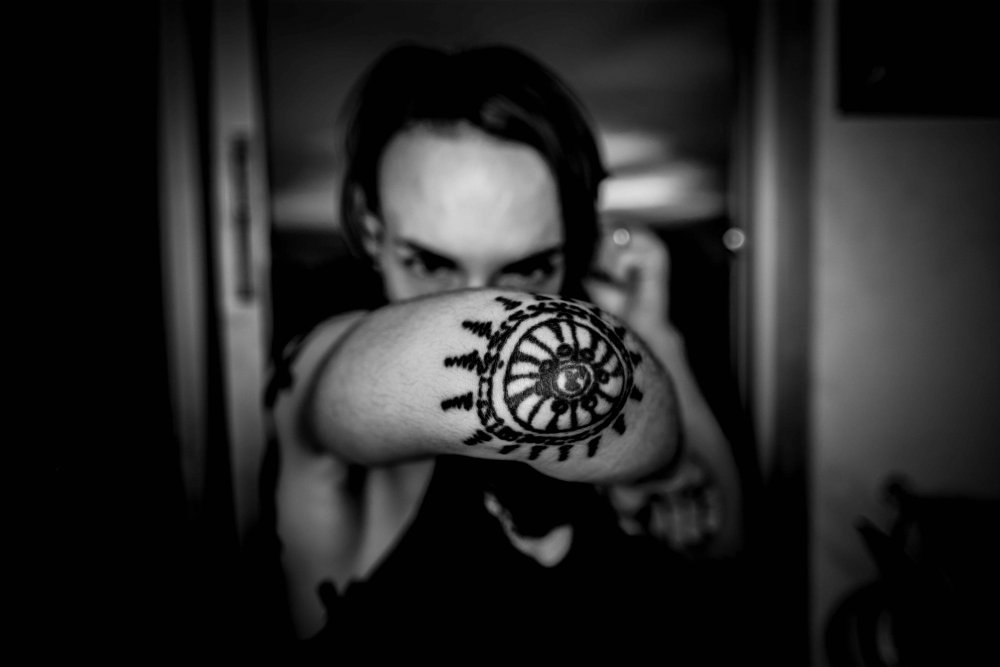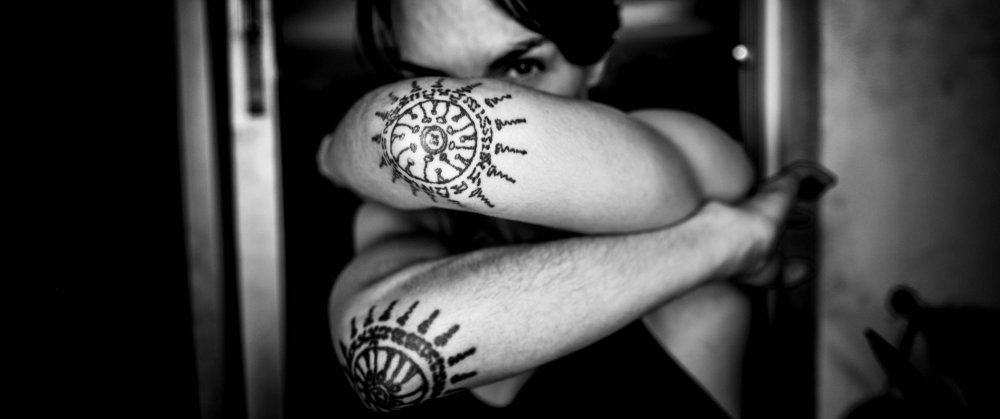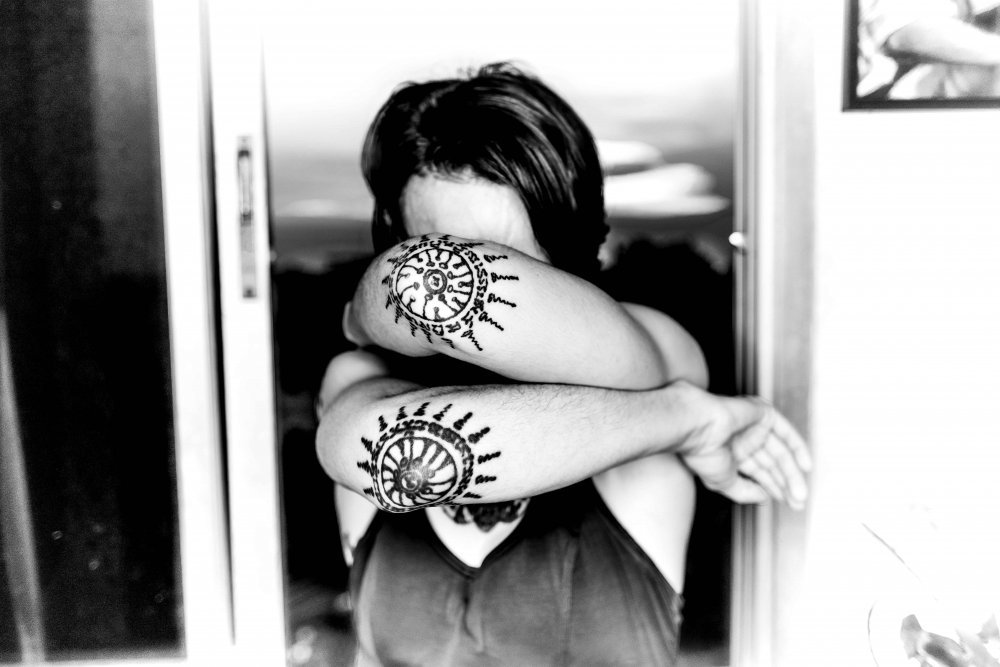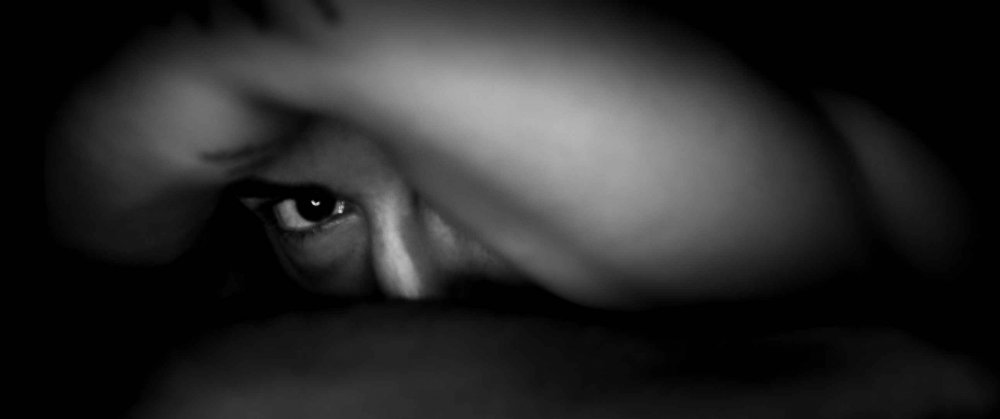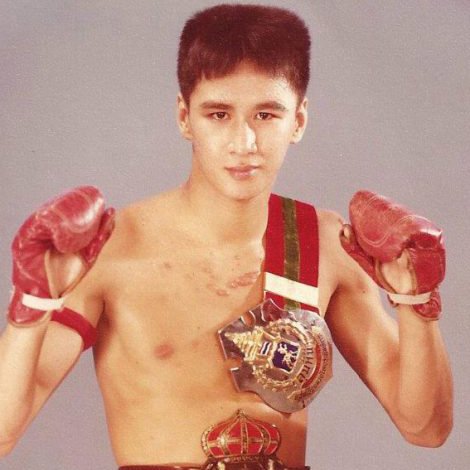-
Posts
2,264 -
Joined
-
Days Won
499
Everything posted by Kevin von Duuglas-Ittu
-
I've heard that Master Toddy's gym in Bangkok, and WKO gym in Pattaya have offered ED visas. Not 100% sure.
-
This post cannot be displayed because it is in a password protected forum. Enter Password
-
This post contains some of my photographic study of the Diamond Guard, a Muay Thai specific modification of an old western boxing guard often called the cross-armed guard, used by fighters like Archie Moore, Joe Frazier and George Forman. What I'm really interested in here is how photography itself can be used to explore a technique or a muay (a style), and the role that aesthetics plays in developing truly effective fighting skills and approaches. This is a particular interesting thought case because during the covid-19 shutdown Sylvie and I are working a great deal on this guard, something we would probably never do during regular training stints, and in many ways we are kind of making up its applications, and favorabilities, modeling them on Sylvie's muay as it already is trajectoried. Her Muay Khao forward advances, her drive to clinch engagements, the history of Muay Khao styles she models herself on. I shot these photos as a way of taking an aesthetic slice into the work we've been doing. What I'm interested in here is the way that aesthetics (or Aesthetics) - which often can be derided as the poor of a spectrum which holds "efficacy" on one end, and aesthetics on the other end - is actually the inflection point where the affective powers of the soul, the person, come to bear on the practicality of a technique. How it appears, what it feels like, what it communicates cuts into the shoreline of the Real of fighting. If one is to develop a defense, for instance, how it feels, what it expresses, what it looks like, may be vital questions for a fighter if one is going to reach the higher ceiling of one's capabilities, of its capabilities. Aesthetics, ultimately, allow the fighter to draw on the greater resources of the soul, the Self, to tap in a deeper poetry. And, this photo study is asking the question: What role can photography have in this?
-
This post cannot be displayed because it is in a password protected forum. Enter Password
-
This post cannot be displayed because it is in a password protected forum. Enter Password
-
This is definitely true. Ideally, the supreme fighters, could move between styles. Fighters like Namkabuan and Namsaknoi for instance would fight a kind of femeu semi-aggressive style, and then go full Muay Khao in the 4th to lock fights away. Chumuakpet was definitely a Muay Khao fighter, one of the greatest, but when he fought a large Muay Khao fighter like Sangtiennoi, he fought almost all the scoring part of the fight backwards, in a femeu style. Other fighters of course really became locked into their style. Someone like Samson Isaan couldn't see himself dancing away in a fight. I remember him making fun of Karuhat saying that the femeu fighter was just flouncing about, and waving their hand "bye, bye" "bye, bye".
-
This post cannot be displayed because it is in a password protected forum. Enter Password
-
Yes. It's not that he didn't know how to lock, but westerners like his opponent were clueless on how to break the basic double plumb, so it made perfect sense to just have at it. This is very easy to counter that neck collar in most cases in Thailand, he could not get away with that in his home country. On the other hand, everything his opponent was doing in that fight, if elbows were permitted, would have ended very badly for him.
-
He did clinch, but he didn't lock, which is the Golden Age style of clinching. His latching hand is very sticky. I think if you see the clinch style of Langsuan, who does this to the extreme, you'll see the element of clinch I'm talking about, where you use grabs to redirect and attack, and not to immobilize. But, you are very right, clinch is not the primary part of his game. And you are also right that it is very likely nobody ever fought like him, before or since. He'd be categorized as a Muay Sok fighter (and Elbow Fighter), but know that these categories aren't real. They are just very loose descriptors. He was maybe generally a Muay Khao fighter (knee fighter who derns) who also used elbows to pressure, and open up his knees. Karuhat once told us he wouldn't be worried about Yodkhunpon's elbows, he'd worry about his knees. It should also be said, even though we in the west love him, his style is I think considered a very "low" style in Thailand, denigrated and without a ton of appreciation. Even to this day he is vastly underrated in Thailand. It is full of art and creativity, and really beauty. But many Thais can or could not see it because of biases about kinds of fighting, a style that elbows very heavily, and is relentless. You can hear Yodkhupon talk a little about Samson Isaan, and why he made his Top 5 list. This is somewhat the story of Yodkhupon as well. Samson's Muay was also not appreciated in his day:
-
It feels like the one and only contest in western Muay Thai that is commercially, and perhaps socially underway is "who is the most authentic" (which fighter, which org, which gym....)? As long as that is the battle, nobody can really win. Even if you win as "most authentic" or "really, really real" you are set up against a broader background of "not authentic", you are in a field of in-authenticity. It feels like Muay Thai somehow got caught up in a Kung Fu cultural framework, when in fact it is probably much, much closer to boxing. It doesn't help that notions of authenticity and fake in Thailand are incredibly plastic, which plays into the authenticity paranoia from the west.
-
This is really an unfortunate misunderstanding that has pervaded the western teaching of the Thai kick. As mentioned in the question above The Golden Kick really answers much of this. As one can see from this video of Karuhat's kick, there is no "turn over the hip!" at least in the way that it is often overemphasized by western coaches. This is how I answered a related question, as asked on Reddit: This is a really bad habit of western Muay Thai, and against high level fighters could be very exploitable. I have a fight in mind between a well-known western fighter (to remain nameless) who was absolutely undressed (vs another western fighter) in the most part due to his "picture perfect" overturn of the kick, leaving him out of position to defend himself (or follow up with strikes). Photos of this fighter for year have been appearing as a kind of Muay Thai porn, as if his kick was so "beautiful", when in fact this overturn is quite far from the real way high level fighters, especially from the Golden Age, usually kick. That's the first part of the question. The 2nd part is really interesting! There is a LOT of sloppy technique in these 50 kick, 100 kick pad burns. And, at least by my lights, some of that is pretty terrible. Hand position goes to shit, heads float, even by some Thais in Thai gyms. You are always training something, right? But...there is an interesting component of how these kicks just kind of float or pop straight up. Sometimes the padman really will angle the pad down, so you are even just kicking up, into the pad. What's really interesting is how much this violates the westernized "Thai" Roundhouse kick. All you are doing is practicing kicking up sometimes. How can that be good? What's cool is that this is creating a groove for the first part of the Golden Kick. This upward motion is not the complete Thai Kick, which does involve a last second whipping over (but not "turning over the hip" as the west really likes, an internal dynamic of up and whip that isn't included in a lot of these 50 kick speed rounds. I think it's best if you do try to whip that kick a bit, and if the padman doesn't just point the pad downward, (and if your hand positions get correct, and your chin drops down, while we are at it). But, the upward movement itself, the core repetition, which from western eyes might be all wrong, from the Thai side is probably grooving the first movement of the Golden Kick, which is really cool. This is Karuhat's Kick, for those that haven't seen it. He kicks uniquely, but he does present a really beautiful and in some ways ideal form of the kick, in terms of the rise and the hidden, sudden whip:
-
Very, very much so. The Homeric depictions of warfare, characterizations of figures and personae fit very closely with what I intuit here. And the Ancient Greek concept of Thymos (which you sound like you would be familiar with, but for others this is a pretty decent breakdown of) I think presents a very productive mapping point between Thai traditional Self and maybe traditional/archaic western Self. I think for the Thai (ideally) and for the Homeric Self/ves, you have an affective self, but also the privileging of external "face" or appearance as Real. Not sure if you know the work of Giambattista Vico, but his notions of pictorial language, or the realism of figuration, at least for me, helps decode Thai sensibility toward performance, and Ruup. In Thailand's Muay Thai you have the regulation of the passions through affective balancing (Buddhistic) and symbolic presentation, instead of turning all those passions over to the rule of the Cartesian Subject.
-
It think this is something I put forward, and I think I kind of disagree a little with Sylvie's take here. I definitely put forward that we are talking about centers of the Self, which may not be Buddhistic in concept (ie, you would not teach "this is where the Self is"). I am describing where people in a culture locate the sense of Self, and this is reflected in the way a combat sport is scored, I argue. When you slap someone in the face, you are in a way "striking their Self". The face represents the Self in many symbolic ways, varying between cultures. A slap in the face with feel like it is insulting or injuring the Self differently in Japan than it will in Saudi Arabia than in California (I suspect), also depending on who is watching. And in the 18th century, perhaps much more so. It's not wrong to say that the Self is in some regards located in or on the Face. It's where we get phrases like "losing face" or "gaining face". There are other locations of the Self. The Heart for instance is widely regarded as a Self center point. Punches to the heart don't really seem to mean that much, but spikes driving through the heart, for vampires for instance, are seen as penetrating the core "Self" of the monster or person. And of course pangs in the heart, "heartaches" are some of the firmest centers of Self we talk about. I assume that this also varies between cultures. We have other centers of Self like the brain, or the head. Cutting off someone's head is in a way severing their Self from the rest (the face is up there too). But all this is to say is that in the arrays of Self centers, it strikes me that the Thais retain a more traditional location of Self in the gut. In English we have things like "gut feeling" and "you've got a lot of guts!", but traditionally this center of the Self in the gut, the spleen, was much stronger. In Ancient Greece this was a very strong location of Self (not the only one, but a core are vital one). My arguments about Thai Muay Thai scoring are that knees and kicks to the torso score higher because they culturally are read as hitting the Self, and injuring or weakening it. And that this is a traditional way of looking at the body. And that Thai audiences literally, affectively, experience such hits much more powerfully. They can "feel" the blows there in a way probably westerners don't. In the West it seems that these senses of Selves have migrated higher. We've lost the gut center more or less (a good gut punch and double over will still mean something severe, but on a daily basis we don't deposit our Self there much), and experience our Selves much higher. In the heart sometimes, but almost always in the head. We in the west lead with our head. And, it corresponds, it's why blows to the head and face (hey, we have a whole app that rules the world called Facebook), are scored so highly. We empathetically connect to fighters, and as audience experience blows or even touches to the head with more impact. I think we've lost some of the body mapping that allows Thais to experience lower torso strikes as much more substantive. At least that's my thinking on it.
-
This post cannot be displayed because it is in a password protected forum. Enter Password
-
This post cannot be displayed because it is in a password protected forum. Enter Password
-
Yes, this is quite different than what I'm talking about. This isn't really the gendered, vestigial grouping of words for things in the world. This is the declaration of your own gender, after every sentence or extended expression, through a polite particle. It is a constant, and some might say continuous political act embedded in the very act of speaking. It is repeated over and over and over, positioning the speaker. I don't have links for this, it's just something I've come upon in my reading. You can search for papers around the term "semi-colony" or I believe "self-civilizing" for discussions about Thailand's move to western modernity. As to the polite particle, I can't recall where I read that this use was a modern invention. Several papers discuss that the visual distinction between the genders was part of the modernization of Thailand (according to Western values), in fact there were laws passed during dictatorship which pressured this change. Siamese/Thais were basically forced to dress like "men" and "women" in a western fashion, as part of the modernization of the Nation. What is interesting is that the past has a way of reshaping itself before our eyes. When we come to Thailand we have the very distinct sense that we are witnessing something uber "Thai" when we encounter these gendered distinctions; it feels "classical", or extremely traditional, and in a sense it is. But what we don't sense is that this is in many ways just a reflection of ourselves, as the West exerted itself on the region.
-
One of the most interesting things for those interested in Thailand's Muay Thai is how Muay Thai itself is a highly stylized expression of Muay Thai, or what some call hypermasculinity. One of the more striking things about Thai language for those first learning it, coming from the west, is how speakers end speech with a gendered polite particle, ka or krop, basically positioning the speaker, as gendered in an almost constant process of self-declaration. This performed division of the genders may even have helped give rise to the very notions of gender fluidity that allow trans persons to simply adopt the particle of the trans- gender they are moving toward. In this sense Thailand is both rather rigid, and also fluid. But, this is really what I'm writing about here. This gendered division, along with very hyperstylized versions of gender both feminine and masculine, is thought to not even really BE Thai, at least in a certain dimension of analysis. The stark distinctions between genders is thought to have arisen in the early part of the 19th century when Thailand (then Siam) faced extraordinary pressure from the west to "self-civilize"). In otherwords, "you better become a lot more like US, or you will get colonized (ie, civilized)". The division of the genders both visually (gendered dress was government imposed in the periods that followed), and also in terms of speech (I believe the imposition of these gendered particles) came from this somewhat radical, and also Thai-flavored adoption of western gender values, with those Victorian roots. Of note, this self-civilization also is what likely brought about the adoption of gloves in Muay Thai (then simply Muay). So, when you say "ka" or "krop" at the end of a Thai sentence, you are also reliving the forces that also gloved the hands of Thailand's boxers.
-
When reaching back into the near-mythical origins of a martial art I think we have to also be aware that there are often ideological considerations, especially when countries each claim to be the "true origin" of a martial art or fighting style. There have been attempts to frame Thailand's Muay Thai as either Burmese in origin, or Lao (or their precursor). This battle over who is the source, especially in the absence of substantive documentation, always struck me as dubious. I mention this, as my own points of focus. I find this ideological framing of a martial art's history super interesting. Thailand itself has over the last century spent a lot of effort into framing it's own origin stories for Muay Thai, battles that go on today.
-
I'm really interested in this as well. I wish I knew more about California in particular, other than that there was something of a Thai instruction migration/s and that it held its own political power, coaching trees that seem to have claimed some kind of "authenticity" from that migration, and also the sense that community others have pushed back against this "Thainess", embracing a much more kickboxing, or boxing oriented methodology, and an opposition to California Thai Muay Thai. This tension feels (from a distance) like something that is essentially Californian in its Muay Thai. Perhaps I am imagining it, but from very far away, from the loose stories that I've heard over the years, it feels like there is a great divide there, in the unfolding of pedagogy. In general though, the specific pedagogic trees in any country, city, etc, are super interesting, because knowledge and practices from from those narrow trees, every and always cutting off the richness of Thailand's Muay Thai, if only for business purposes, or practical means of teaching western students. It's like trying to fit the Amazon rain forest in an aquarium.
-
This was a huge fight, though we didn't know it at the time, just an average run-of-the-mill Hua Hin scrap (Sylvie's actually faced several world class fighters in this town). They tried a bit to sandbag Sylvie with a fighter who was about to burst onto the scene in Thailand (obscuring her details, it happens sometimes). Honestly we had never heard of her, but damn such a quality fighter. A couple of months later after a few very prominent wins Pornphan would be ranked #1 by the WBC two (actually it properly should be 3) weight classes above Sylvie. Such a close fight, but Sylvie beating the #1 ranked fighter at Flyweight giving up tons of weight. Maybe 7 kgs here? More on the WBC rankings here. Fight with Sylvie's commentary, then my live commentary.
-
I don't know the Phuket scene, but Chiang Mai has had some pretty regular fights and lots of stadia. It does depend on your weight (matchups are geared by weight, usually, and Thais are physically smaller). But a gym like Hongthong or Lanna Muay Thai would probably give a serious student who trains hard fights. High volume? I'm not really sure about that. It depends on skill level, how much the fight scene has tapered off due to corona virus, and your size and attitude in the gym.
Footer title
This content can be configured within your theme settings in your ACP. You can add any HTML including images, paragraphs and lists.
Footer title
This content can be configured within your theme settings in your ACP. You can add any HTML including images, paragraphs and lists.
Footer title
This content can be configured within your theme settings in your ACP. You can add any HTML including images, paragraphs and lists.
